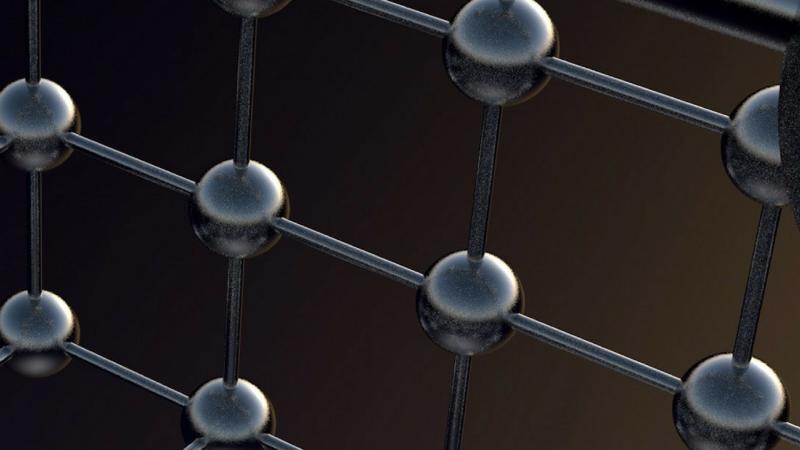
A team of scientists from Rice University, Texas, USA, Indian Institute of Science (IISc), Bengaluru, Bruker Nano Surfaces, Minnesota, USA and Indian Institute of Technology Gandhinagar, Gujarat have developed a new way to exfoliate a 2 dimensional metal sheet, few layers o even up to a single layer of atoms thick. The novel method, the scientists claim, could be used to make metal sheets of low-melting pure metals and alloys.
2 dimensional materials, ever since the first layer of carbon atoms—called graphene, was first created in 2004, has captivated scientists. They are materials made of a single layer of atoms or molecules. From enabling faster and more efficient electronics to revealing new physics, 2 dimensional materials have been studied extensively over the last decade. Their electrical and mechanical properties have also been exploited to engineer many of the modern gadgets. While 2 D sheets of many elements and compounds have been produced over the years, pure-metallic layered 2D sheets were rare.
For their experiment, the scientists used a combination of theoretical and experimental evidence to demonstrate a new, simple, low cost and effective method to exfoliate 2D sheets of low-melting pure metal and alloy on to substrates made of semiconductors or other materials. For their demonstration, the scientists chose Gallium, an elemental metal with a very low melting point temperature of around 29 degree Celsius. 2D sheets made of a single layer or a few atoms thick layer of gallium is called gallenene.
Capitalizing on the weak interface between the solid and molten phases of the gallium metal, the scientists used solid-melt interface exfoliation method, to extract just a layer of the liquid metal. The metal is exfoliated on to a substrate made of silicon. The sheet thus formed was found to stable. Further experimentation on the gallenene sheets using phonons or sound waves showed that the atomic arrangements of the sheet and thus its stability could be controlled using bulk gallium suitable lattice parameters or crystal structure.
Interestingly, when a 2D sheet of gallenene interacts with other 2D semiconductors, it induces semiconductor to metal transition in the latter. The scientists claim this property can be utilized, “paving the way for using gallenene as promising metallic contacts in 2D devices”. According to the authors “Our findings suggest that gallenene provides excellent opportunities to explore its applications as a 2D metal in plasmonics, sensors, and electrical contacts.”
The solid-melt interface exfoliation method developed, however, could be used for more than just metal. Talking about the versatility of the new method, the authors claim “our easily scalable and simple technique allowed us to exfoliate different substrates, which can be used for a variety of applications.”






